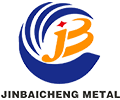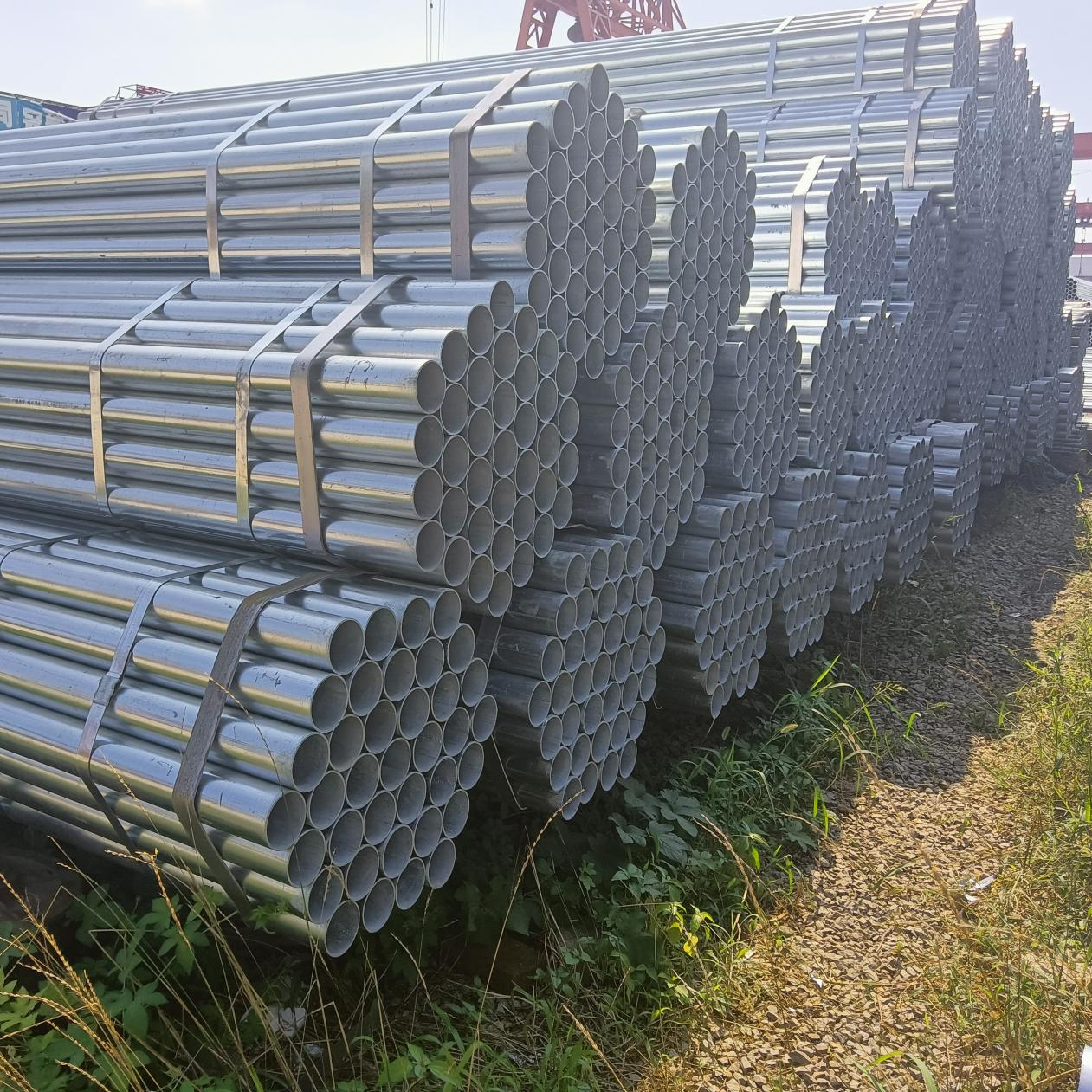Galvanized steel pipe/GI Pipe/ Tube Tubing Manufacturer, supplier, GI Pipe Exporter In CHINA.
1.The history of gi pipe
Galvanized steel pipe is a steel pipe that has been coated with zinc. This coating protects the steel from corrosion. It is most commonly used for outdoor construction like fences and handrails, or for some interior plumbing. It is also sometimes called galvanized iron pipe.The process of galvanization was first discussed by scientists in the 1770s, nearly 60 years before it was finally introduced in the 1830s. French engineer Stanislaus Tranquille Modeste Sorel took out the first patent for the process in 1937, and began manufacturing it soon after. By the 1850s, Europe was producing galvanized steel out of manufacturing plants located around the continent. The United States followed shortly thereafter, opening its first plant in the 1870s.
2.Dipping Phase into Molten Zinc
Although all parts are important in the galvanizing process, this is step and technique are what make it so popular. Here, the iron pipes are generously immersed in a bath of molten zinc of around 449 degrees Celsius or 840 degrees Fahrenheit. Here, it will alloy a thick and robust layer on the surface of the base metal.
3.Why zinc?
Zinc is the substance that stops the oxygen and water from getting through the base metal underneath. It also plays a huge role in why the metal is rust and corrosion-resistant. Zinc is a sacrificial anode that comes into play when the outer layer is exposed to grime and friction.
For some, lead is added in the molten zinc bath to enhance the liquidity of the bath and limiting the excess zinc on the dipped iron pipe. This also helps prevent floating dross.
You may come across some manufacturers that utilize cold dipped galvanizing, wherein the base metal is merely painted with zinc-rich paint. However, the most common method that is used nowadays is hot-dipped galvanizing. It has been proved to provide more lasting and maintenance-free protection for metals since 1742.
4.Cooling, Finishing, and Drying
After the zinc dipping technique is done, it is now time for the galvanized iron pipes to cool down. Typically, the galvanized iron pipes are cooled in a quench tank for it to cool down quickly and restrain unwanted effects of the newly formed coating with the atmosphere of its surroundings.
5.Quality Control
Just like all manufactured products undergo strict quality control too. Here, galvanized iron pipes supplied by JINBAICHENG are checked and determined if they are within specifications for the final product.
There is no one-size-fits-all for quality control, as each and every manufacturer has its own ways and techniques for ensuring the qualities and standards of galvanized iron pipes.
A small amount of adhesive is typically placed on the threads before screwing them together, in order to reinforce the connection. If no threads are available, the pipes and fittings can be welded together, although caution should be taken because the heat from welding can release dangerous zinc fumes into the air. Pipes can be cut using a cutoff saw or hacksaw.
We JINBAICHENG are one of the renowned manufacturer, exporter, stockist, stock holder and supplier of a qualitative range of GI Pipes. We have customer from Bengaluru, Dahej, Thane, Mexico, Turkey, Pakistan,Oman, Israel, Egypt, Arab,Vietnam, Myanmar, German, etc.
Website: https://www.sdjbcmetal.com/galvanized-pipe/
Email: jinbaichengmetal@gmail.com
Post time: Sep-13-2022




